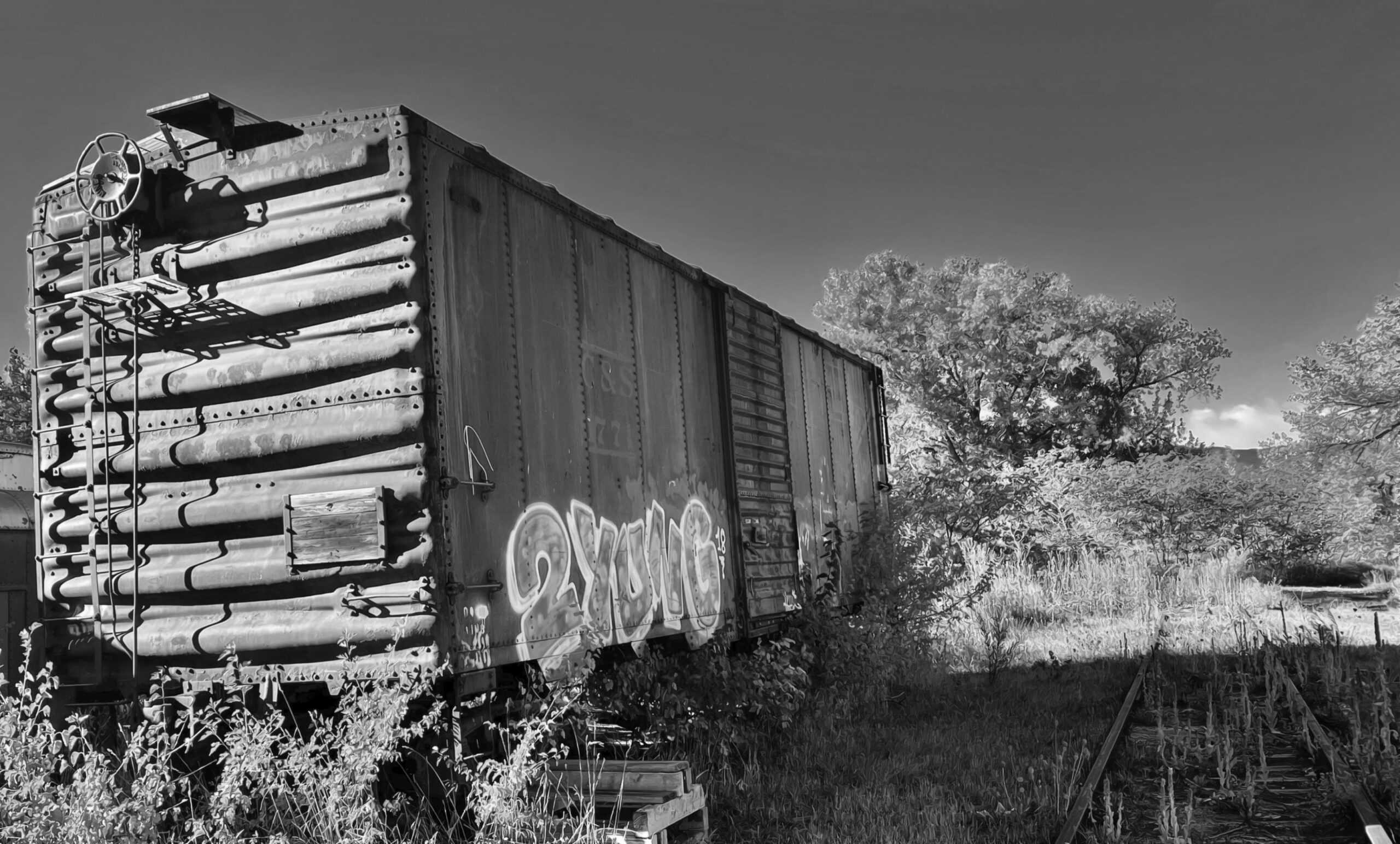In 2021 I co-founded a new preservation-oriented non-profit, the Railroad & Industrial Preservation Society, Inc (RIPS). One of our goals is to make “secondary saves,” meaning preserving/restoring artifacts that have already had at least one owner in preservation. If the preservation community is going to keep the bulk of “saved” railroad and industrial artifacts around for future generations, good succession planning is essential. For many reasons, rail preservationists are particularly challenged by this kind of preparation. When an owner passes or a museum goes moribund a mad scramble ensues to “re-rescue” the artifact. Fortunately, in our case the team that initially preserved our first artifact was thinking about the future, and because of that the artifact has a future.
Until succession planning is taken seriously secondary, tertiary, etc. saves will become even more common place. And, of course, artifacts will be lost along the way. The second round of scrapping from the Indiana Transportation Museum debacle is a recent example of the limitations brought on by last-minute save scenarios.
Our thought process behind the formation of RIPS is about the concept of stewardship in railroad preservation. To date, my entire experience saving old iron stems from volunteering to help restore artifacts owned by someone else. Now, I am part of the board of the owning organization. It’s a daunting task as the RIPS mission is not just restoration, but the survival of artifacts for many years down the road.
The results of the global pandemic are challenging basic preservation operations. Still. It continues to impact the actual survival of heritage railways, museums and private collectors. This may seem like an odd time to talk about enhancing our long game, especially when tomorrow seems almost out of reach with current news cycles and political divisions. In truth, there’s never a convenient time to think about what will happen to our equipment and artifacts 50, 75, and even 100 years down the road. Doing so causes us to face our own mortality and perhaps our own short sightedness in not planning for what happens if we don’t live to be 125.
Yet, if we truly believe that preservation of historic iron is our goal, then we have to accept that each of us is nothing more than a temporary steward of these historical objects of value. Whatever we do (or don’t) will impact whether future generations will have the opportunity to enjoy and learn from the locomotives, rolling stock and structures into which we have sunk both sweat and financial equity.
The very notion of stewardship challenges traditional ideas about ownership. When we own something, we expect to do as we please. If you want to paint your house purple, so be it. If you want to chop a 23-window VW bus into a rolling hot tub, have at it. It’s yours. If you want to hoard a GM Scenicruiser for a “someday restoration” that will eventually include tree removal from the chassis, be my guest.
However, if we really think these objects possess historic merit, then our methods of care should to reflect that. That pivot from “it’s mine” to “it deserves to survive” happens when a collector becomes a preservationist. When the concepts of ownership and stewardship merge, suddenly our end game is a time long after our earthly departure.
Professional museums have formal guidelines on conservation and preservation. The idea of stewardship is nothing new for the Mona Lisa. Railroad preservation, however, crosses over into the professional museum world in limited cases. Most of the equipment our community deems “historic” is not subject to any kind of long-term management plan. Let’s be honest; much of it has no short-term management plan, either.
And you know what? That’s kind of OK.
As a community we have “over collected.” The coming Great Railroad Preservation RationalizationTM is still ahead of us, sponsored by time, money and weather. There’s not much we can do about that. Some equipment will be consumed by use, too. We’re already several generations deep into heritage railroads “using up” coaches and sending them off to scrap.
But what about the pieces that deserve long-term survival? How do we identify them and what can we do to keep them in a condition where a next generation of interpretation is possible? These are the cases where questions of stewardship are most important.
Let’s start with the most basic notion: why are we making preservation efforts at all? No one is getting rich off preservation. Most of us are poorer for it, hopefully not in spirit but certainly in our wallets. Alan Maples, owner of the freight and tourist hauling Everett Railroad, summed it up in a conversation a couple of years ago: we do this as a matter of affection.
A matter of affection.
Alan is correct. Affection – an emotional reaction – truly is the core of railroad preservation. Blount, Atwood, Hart and the rest of the first generation of steam locomotive saviors were all motivated by emotion. They didn’t want to lose the machines (and perhaps the culture) that they loved so much.
The danger of affection, like any emotional pursuit, is over-attachment. It’s likely we all know of rolling stock or an old depot that was saved by someone who truly felt connected to it, only to have it rot back into the earth because affection is not a substitute for time and money. To love something so much that one adores it into oblivion is that exact opposite of proper stewardship.
In my conversation with Alan and the Everett Railroad’s then-General Manager, Jason Lamb, an interesting comparison was drawn between the early preservationists and today’s equipment owners. In the 1960’s the average person could not afford to buy locomotives or rolling stock – no less multiples of them. Those who did were generally successful business men, heirs to old money or folks who put their lives on hold to invest all they had in railroad equipment. In the decades since the dawn of railroad preservation, the rise of disposable income has opened up the possibility of ownership to a much wider population. As a result, the demands of stewardship that impact larger collections also apply to the lone wolf preservationist with a backyard caboose… as well as every tourist line, small town depot museum and park locomotive in between.
So, with RIPS having a clean start, I have been thinking about how a small team can not only make “secondary saves,” but do so with stewardship top of mind, leading us to decisions made today that will benefit our artifacts long beyond our personal engagement. It’s no different than buying an African Grey parrot as a 60th birthday gift to yourself. The bird is going to outlive you, so you have an obligation to not only keep it healthy, but to have care and funding arranged for it once you can no longer provide for it.
I have been thinking about 3 principles that blend carpe diem with planning for the future.
Protect the artifacts as best you can. Preservationists share three common enemies: vandals, thieves and – as Alan and Jason pointed out – water. At the very least, just by protecting our objects of affection from these three things, one can at least slow deterioration… hopefully to the extent where even if nothing more is done, the artifact will have a chance for future restoration. Look no further than Sandy River & Rangely Lakes steam locomotive #9 which was saved from scrap and placed in a barn for 50 years. When the owning family finally decided to part with #9, she was in much better condition than had she been left to the elements in a playground.
Check your ego at the door. One of my Ahead of the Torch partners, T.J. Gaffney and I were talking about this recently. Nothing can turn a project sour quicker than people who believe their role in preservation is more important than the mission itself. Our little corner of the world is populated by big egos. Kanye West looks like an unsure amateur compared to the loud, over-confidence frequently found in engine houses and back shops. I am far from perfect, and hubris has been known to pass my lips on occasion, yet I feel this almost Zen calm knowing that whatever we do now, our dream requires others (maybe some not even born yet) to carry it forward.
Fundraise for a rainy day. Affection can make people do a lot of things that logic tries to ward against. In our personal lives that may be the pursuit of a relationship that – in the words of Don Robertson and Hal Blair – is like going 90 miles per hour down a dead end street. In our preservation lives it may mean pouring all available resources (and more) into a project with the hopes that emergencies never occur. Of course, we damn well know they do. Setting money aside for the unexpected may add time to a restoration, but it can also help guarantee survival of the artifact. When I read preservation plans, I rarely see anything about contingency plans, which is ridiculous. The act of living itself is one long contingency plan.
How do you feel about stewardship? Are you living in the moment or do you keep at least one eye on the future? Let us know on how the concept of stewardship impacts your preservation work. – Rob Davis, Ahead of the Torch

